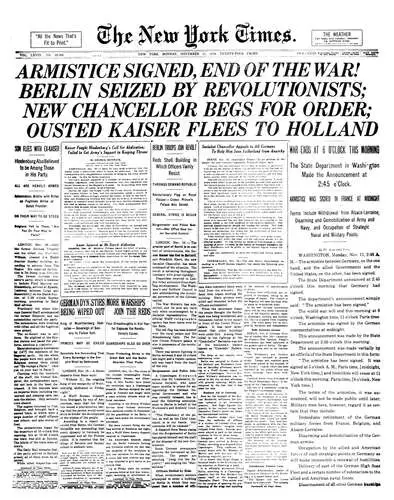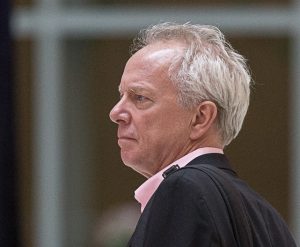
Just give me the facts, I can figure it out from there.
For a long time, this is how many people have approached the news. Although the history of journalism shows that it’s an ever-changing concept, AI researcher and data scientist Jonathan Stray suggests that “factual reports of current events” is a useful common definition.
But what people are reading, listening to and watching today is definitely NOT just the facts.
In fact, the focus is ever more sharply on analysis, explanation, and context. As Stray wrote back in 2013, “Journalists are increasingly in the business of supplying meaning and narrative, rather than just facts. […] In 1955, stories about events outnumbered other types of front page stories by nearly 9 to 1. Now, about half of all stories are something else: a report that tries to explain why, not just what.”
It’s tempting to call this shift a 21st-century phenomenon. A consequence of the internet and the new types of media that have come out of it. It’s also tempting to think that this shift has brought an end to a golden age of a type of journalism dedicated to truth and objectivity.
But Stray and others point to fascinating research done by Katherine Fink and Michael Schudson of Columbia University that asks us to resist this temptation. According to their work, reports of events have been a shrinking part in journalism for more than 100 years, as stories have shifted from facts to interpretation.
Why is this so? I think one reason — a reason that is tied to the internet as a recent, ubiquitous technology — is that for many of us, news consumption starts first thing in the morning. Often even before we get out of bed! How many of you reach for your smartphone and start scrolling right away? News alerts tell us the overnight news from around the world. We can then add TV newscasts or news podcasts to the mix even before breakfast is done.
The result is that even though news events keep happening throughout the day, many people are familiar with the “basics” as they start their day, and certainly by the end of the workday. Then questions about how, and why, and what the events they’ve read or heard about may mean for their lives start to emerge. For many, opinion writers, editorial boards, trusted analysts are the people we turn to to explain the news and give it context.
Partly because of the change in how, and when we consume news today, we quickly go from asking about what happened, to how and why something happened. Why, then, do we want to hold onto what may be a myth about the goals and nature of journalism? Do we really want just the facts? Is such a thing possible?

(David Donnelly/CBC)
The seminar I am leading at Toronto Pursuits 2024, “What Happened to the Truth?”, will be a timely study of these and many other intersecting questions around the news media and journalism. Who gets to say what is news? Why is the news media facing such open debate about what is true, who is trusted, or indeed, what is news? What is the relationship between fact and truth? We will talk about these issues in the context of the news that is happening at the time.
Don Spandier is a former executive producer with CBC News, at the Canadian Broadcasting Corporation. For 40 years, his career combined the best of news and documentary production. As a reporter, producer, director and as an executive, Spandier has worked in every aspect of documentary and news production. From 2009 until 2017, he was responsible for the two flagship news broadcasts by CBC News: the daily 30-minute radio newscast The World at Six, and then the flagship, prime-time TV newscast, The National.
